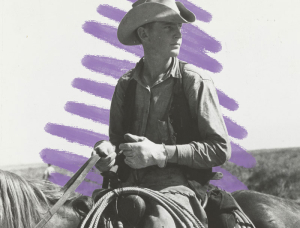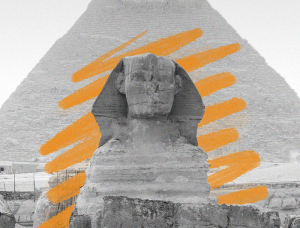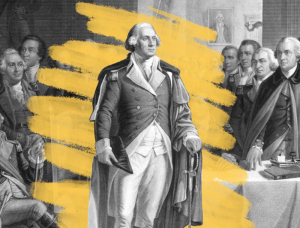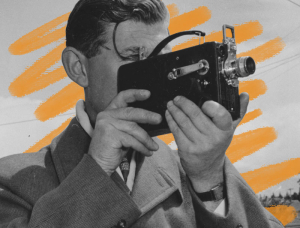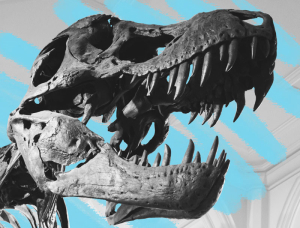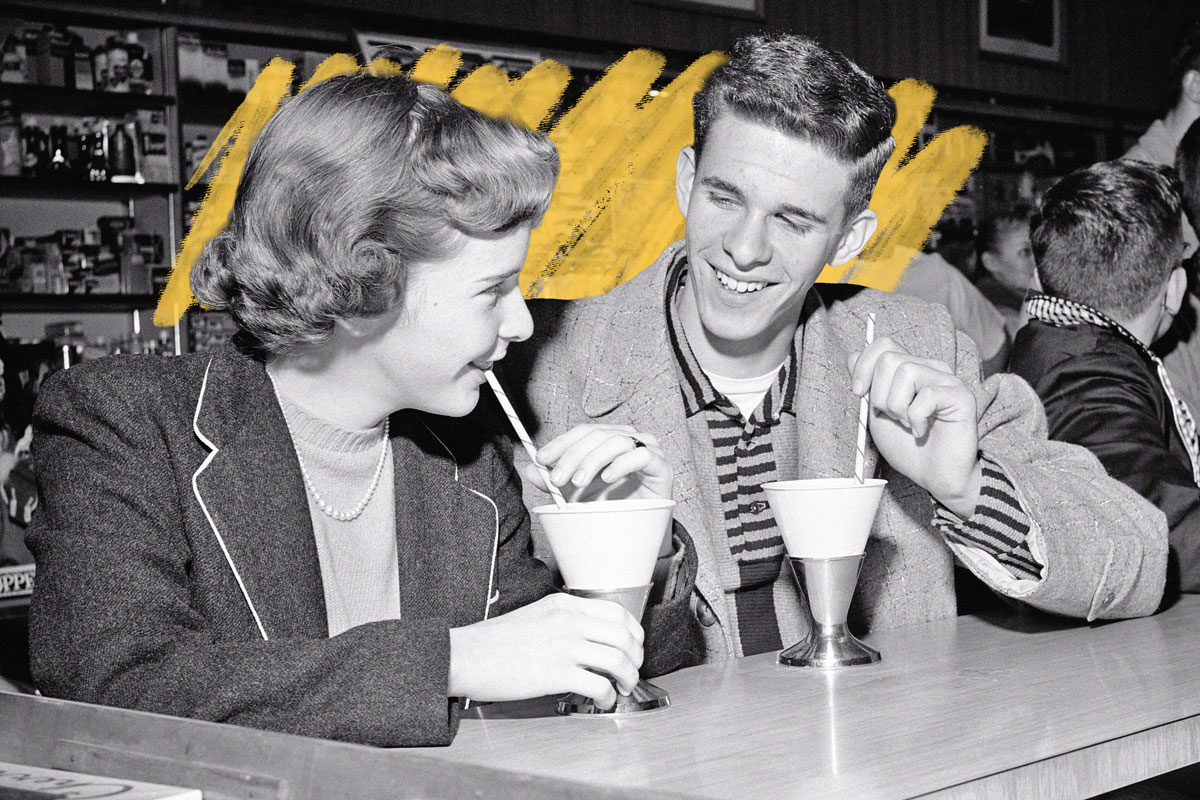“Teenagers” didn’t exist until the 20th century.
For most of human history, you were either a child or an adult. The word “teenager” first entered the lexicon in 1913, appropriately enough, but it wasn’t until decades later that it took on its current significance. The ages spanning 13 to 19 are formative no matter what you call them, but three developments in the mid-20th century had a major influence on the creation of the modern teenager.
The first was the move toward compulsory education, which got adolescents out of farms and factories and into high school, where they spent more time among their peers. The second was the economic boom that followed World War II, which created a new, highly sought-after demographic for companies and advertisers. And the third was the widespread adoption of cars among American families, which afforded 16-year-olds unprecedented independence.
Because one generation criticizing — and, to a certain extent, fearing — the next is a tale as old as time, not everyone was thrilled about this. In 1953, J. Edgar Hoover’s FBI published a report warning that “the nation can expect an appalling increase in the number of crimes that will be committed by teenagers in the years ahead.” Two years later, President Dwight D. Eisenhower called on Congress to pass legislation that would “assist the states in dealing with this nationwide problem” during his State of the Union address. But as anyone who’s ever been told “OK, boomer,” knows, the generation gap has yet to be bridged more than half a century later.
